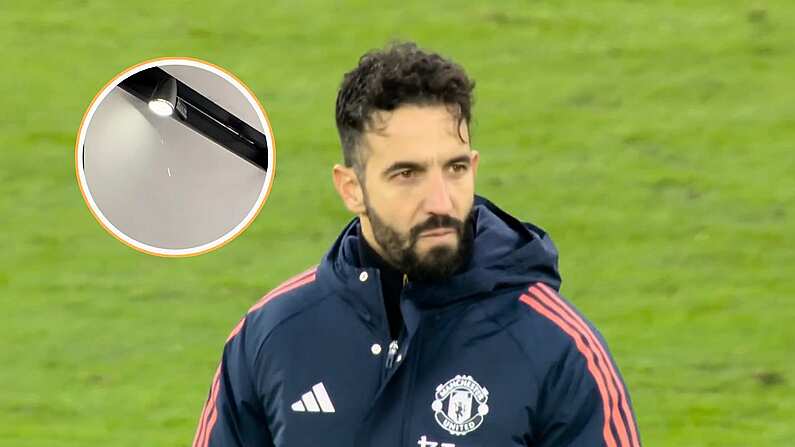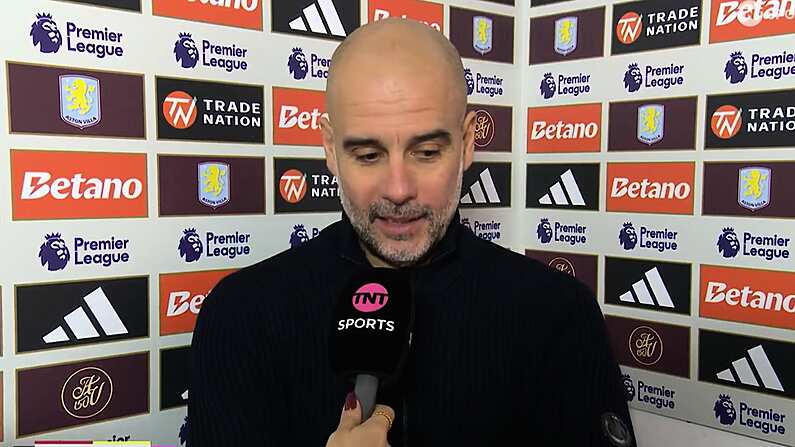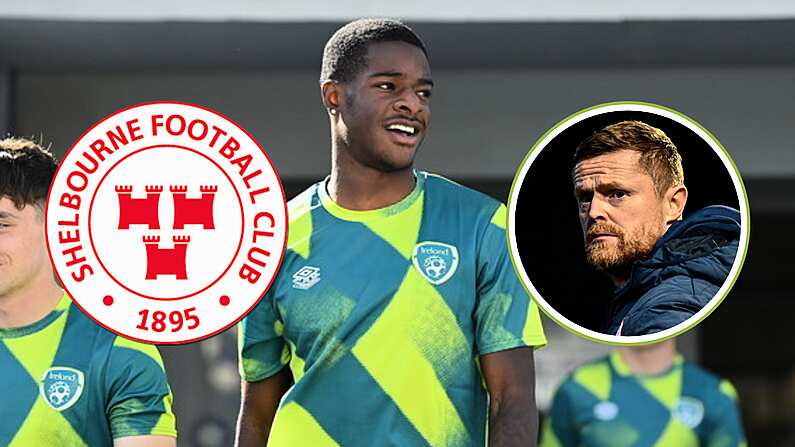The extraordinary revelations of Bradford fire survivor Martin Fletcher published in the Guardian today have stunned readers.
The consensus for thirty years has been that the fire was an accident caused by the accumulation of litter underneath the stand. Famously, there was an edition of the local paper from 1967 found underneath the stands. The verdict of the official inquiry was the fire was likely started by a lighted match or pipe falling through the floor.
However, Fletcher has found that between 1967 and 1981 there had been eight other fires at premises owned by, or connected to, Stafford Heginbotham. He had received huge payouts for each of these fires, the accumulated figure totals £27 million in today's money.
Fletcher reveals that, shortly before the Valley Parade fire, Heginbotham had been close to being unable to pay the club workforce. Two days before the Bradford City met Lincoln City in a game that would crown them Divison 3 champions, Heginbotham had been informed that it would cost £2 million to update the ground too meet the more exacting safety standards of the second tier.
Information about Mr. Heginbotham is hard to come by. We know that he died in 1995 and is thus unable to defend himself against the allegations.
Heginbotham had two separate spells as chairman and had, along with Jack Tordoff, rescued Bradford City in 1983 after the previous chairman had been forced to call in official receivers.
Guardian journalist David Conn, in his book 'The Beautiful Game? Searching for the soul of football' described Heginbotham as a 'local businessman, long-term Bradford fan and former director' who had 'saved the club by putting together financial proposals with just hours to spare, and he had worked hard to persuade the Football League to let Bradford City continue.'
Furthermore, Conn writes that, even after the tragedy, he was 'regarded by fans as a genuine enthusiast for the club and a decent man who went to all the victim's funerals.'
Here is an audio link of him defending himself against criticism after the fire - which centred around the failure to clear up the litter underneath the stand, rather than the allegations that were made today.
The Bradford City Football Museum contains this glowing entry about his contribution to the club.
Stafford Heginbotham’s first spell as chairman saw him rolling up his sleeves to physically improve Valley Parade. He convened the famous crisis meeting at St George’s Hall that ultimately saved the club from closure. Like Ayrton he also considered a merger with Park Avenue but rejected it on the grounds that Bradford City was the first name on the FA Cup and that heritage should be preserved. He returned to the club in 1983 when he and Jack Tordoff saved the club from closure with hours to spare. He later guided the club through the difficult days in the wake of the fire disaster. Stafford’s dignity, and full acceptance of blame, did much to ensure that the grieving process could go ahead without any background controversy.
A manslaughter recommendation against officials at the club was not considered. Tordoff told the Guardian in 2010 that a manslaughter recommendation would have 'devastated' him and said that he and Heginbotham were 'part-timers doing a full-time job' and added that 'we did our best.'
Higginbotham remained as chairman until 1988. In his final season, Bradford came within a whisker of getting back into the top flight. In football terms, his tenure was considered a success.
He is renowned for a quote describing football as 'the opera of the people'.










